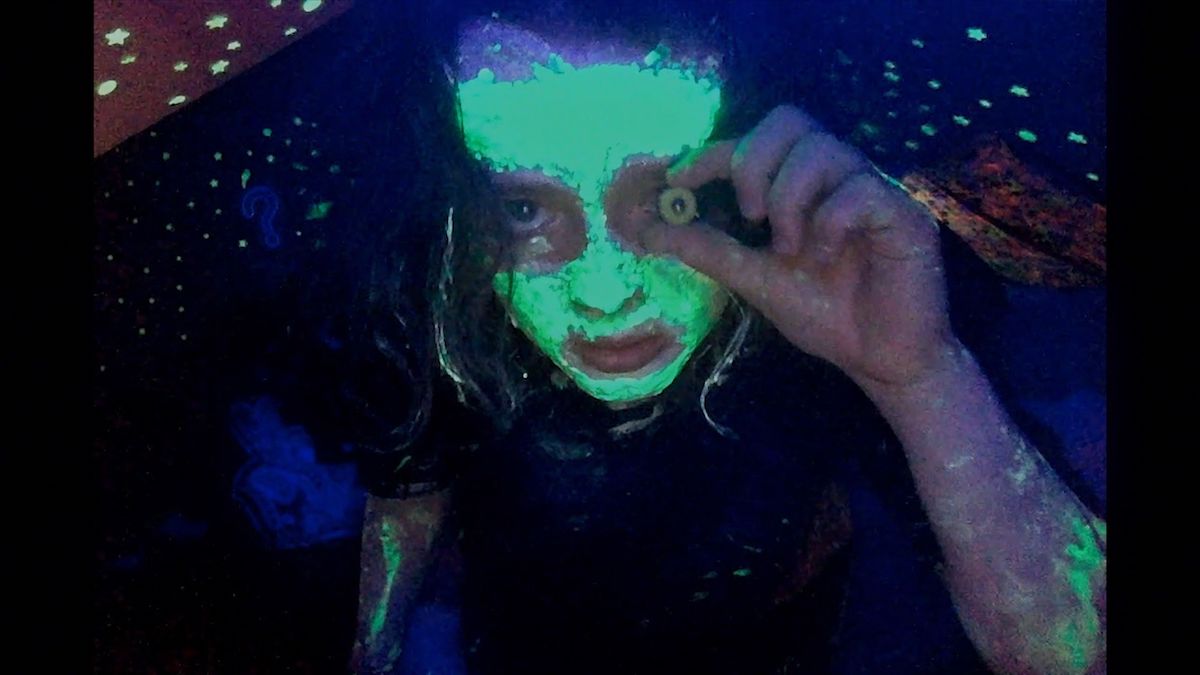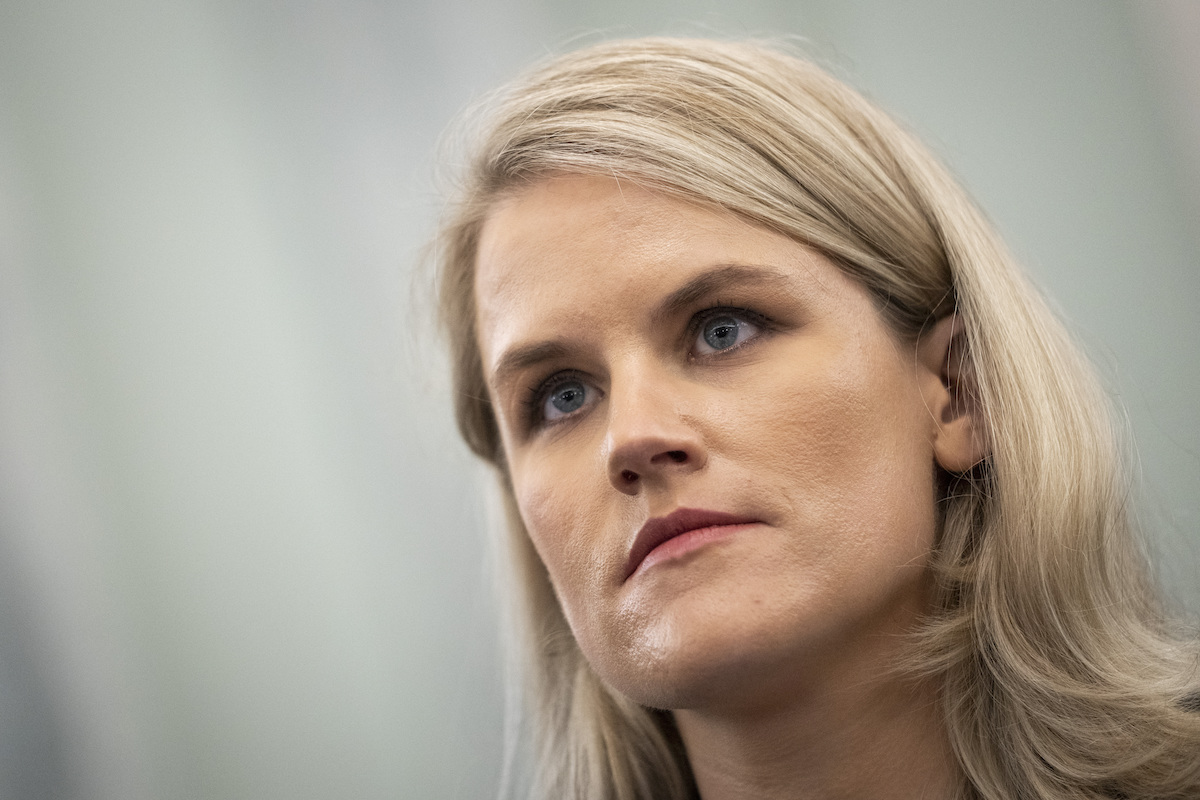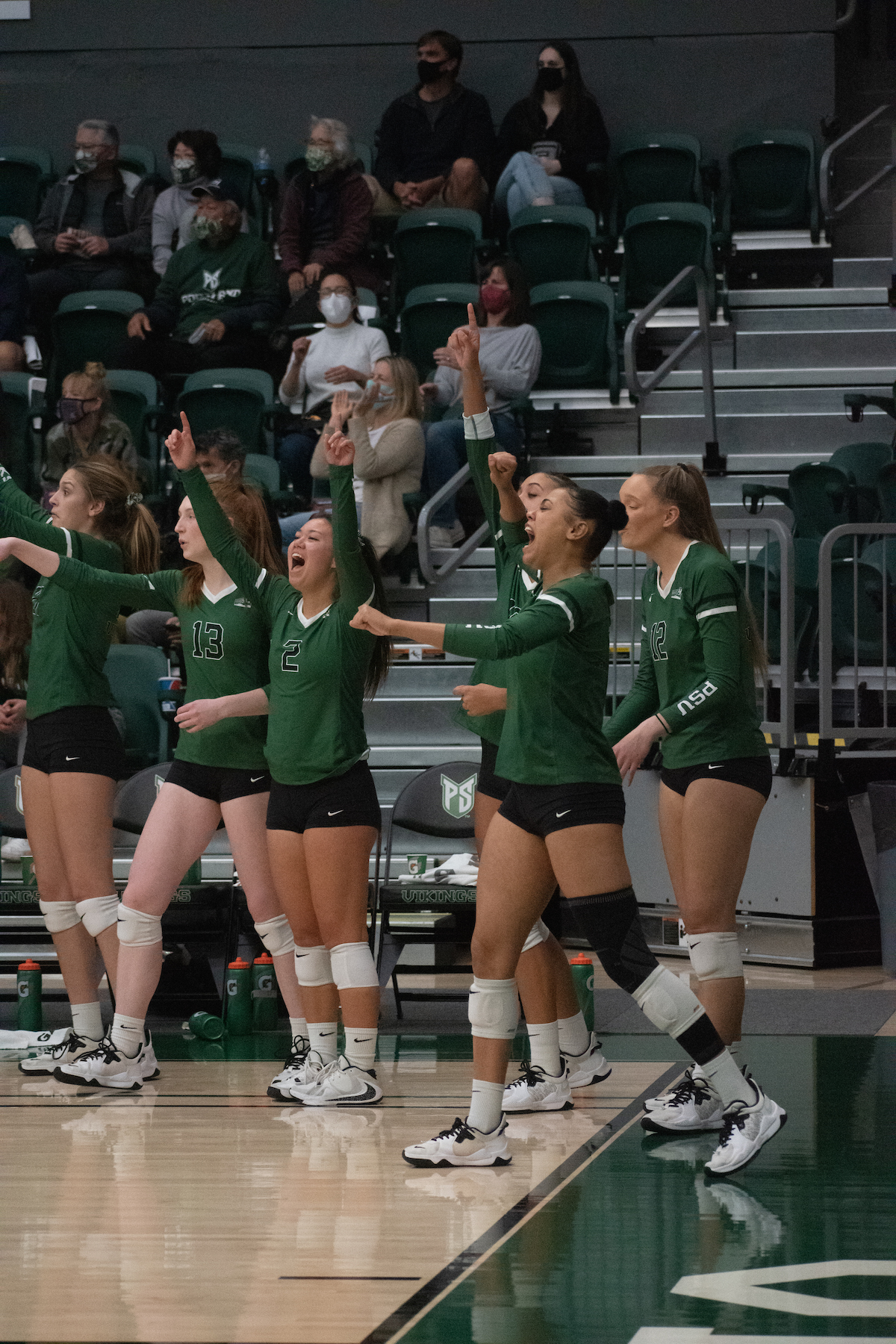It was inevitable that the horror genre would play a crucial role in the early development of internet culture. Horror is most frequently a response to cultural strife, wherein fear and imagery are born from the seeds of some collective cultural disruption; the boom of slashers in the ‘70s and ‘80s was largely due to the explosion of serial killer cases and the media’s fascination and craze over them. Modern “social horror” films have gestated out of an increasingly hostile political climate and it could be argued that the success of zombie and post-apocalyptic media in the 21st century can be owed to the modern panic over mass industrialization as well as the rise of overpopulation concerns.
The internet, from the very beginning of its existence, has fostered a specific kind of loneliness. Message boards, file-sharing websites, IRC channels and the open plains of the world wide web catered to all the disillusioned weirdos, oddjobs and isolated scavengers destitute of some real attachment to the real world. The result—a landscape familiar to anyone who grew up on the internet from the beginning of the 2000s to the early 2010s—was a jungle of abstract, terrifying imagery, a library of r/nosleep stories of the paranormal and distressing and a vast, Daedelian labyrinth suited perfectly for the collective, creative individuals seeking to be truly terrified out of their mind.
The first thought that is most apparent when watching Jane Schoenbrun’s explosively bizarre fiction feature debut We’re All Going to the World’s Fair is that its presence is not just merely an outcome of the internet age, but an alchemical congealing of internet artistry and filmmaking. This is less so a film influenced by the internet and more so a film that embodies every facet the internet possesses, detailing an intricate panorama of internet culture and hysteria that is certainly familiar to veterans of the digital era.
It’s challenging to talk about We’re All Going to the World’s Fair without inadvertently exposing what makes it tick. It is, loosely, a coming-of-age film about a girl named Casey who decides one night to take the “World’s Fair challenge.” As the weeks and months progress, she documents the strange changes occurring to her as a result of the challenge. She uploads these videos to the internet, catching the attention of others, including a concerned observer.
Appropriately, the film is shot quite non-traditionally. The few conversations in the film are captured as screen recordings over Skype, and a large majority of scenes are filmed through Casey’s laptop camera as if the whole movie was just an extended vlog—which, in a sense, it is. Additional sporadic videos filmed by Casey or other anonymous users blend together into a stream of consciousness, acting as an interlude between scenes depicting her deprecating condition. Here, the internet is a tangible entity, whose grooves and rough edges are tactile, granting the entire film a specific kind of texture that’s elevated by the way it’s shot. Digital noise coats every shot, making the film feel like it’s always about to peel off its own skin.
It’d be remiss to label We’re All Going to the World’s Fair as just a horror film. Attempting to assign it to any genre is a challenge due to the lack of structural formalism found in the film, but in regards to proximity, it is closest to the horror genre not just due to the unsettling atmosphere found in its depiction of loneliness and internet paranoia but also due to its themes that connect it to the larger “social horror” subgenre. If Cronenberg sought to depict body horror as an analogue for the effects of modern society and technology on the human condition, then Schoenbrun uses the established techniques of the horror and thriller genres to display the degrading effect of the internet on the psyche.
This kind of digital horror isn’t exactly a new thing. Films like Unfriended and Host have attempted to relay stories of the new through the frame of a computer screen and small indie horror games have helped to revolutionize horror for a new generation. As We’re All Going to the World’s Fair rolls out of film festivals and into theaters and HBO Max early next year, one can hope its freshness and innovation will inspire and rejuvenate a new era of internet horror. To quote legendary horror icon John Carpenter: ”Horror never does go away. It’s always there.”



